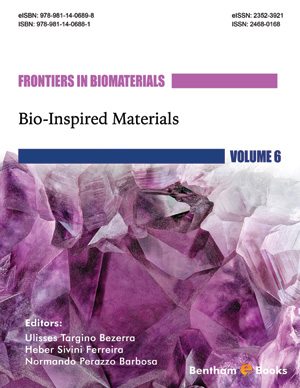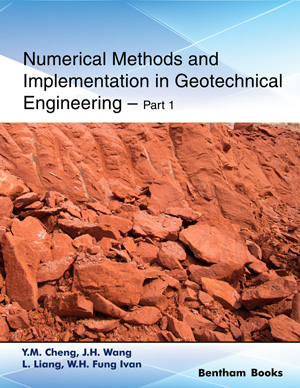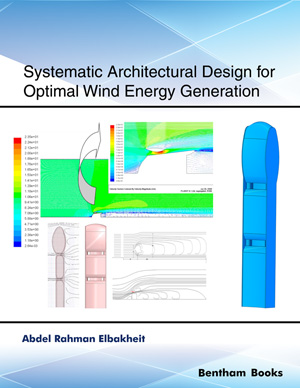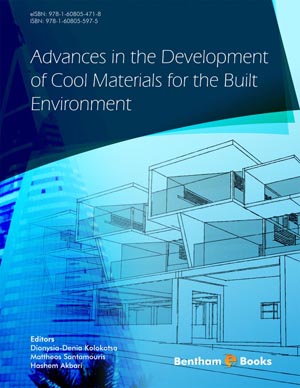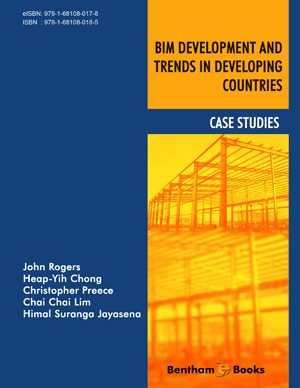Abstract
Biocement is a mixture of at least three components: (i) a principal inorganic component producing binding matter, (ii) a component that changes pH and initiates precipitation of binder; and (iii) an enzyme, live microbial cells, or dead but enzymatically active microbial biomass that catalyzes pH changes and/or other biochemical reactions. The inorganic component is usually a dissolved calcium, magnesium, or iron salt which is transformed into a non-dissolved compound. A component that changes pH and supplies CO2 for carbonation is usually urea, nitrate, formate or acetate, that are hydrolyzed, oxidized or reduced under catalytic action of microbial cells or enzyme. Biogrouts are similar to biocements, but used in lower dosages than biocements. Their application objective is to diminish hydraulic conductivity of soil, fractured rocks, or concrete cracks. A principal advantage of biocements and biogrouts over conventional cements and grouts is the low viscosity of their solutions/suspensions; such that biocements and biogrouts can be used for deep penetration into porous soil, fractured rocks, or concrete cracks. There are about 15 different types of biocement/biogrout. The most popular class of biocement and biogrout is abbreviated as MICP (Microbial Induced Calcite Precipitation), and based on the formation and adhesion of calcium carbonate crystals produced from a concentrated solution of calcium ions and urea. The process is used to fill pores and bind particles with calcium carbonate crystals. This is initiated by urea hydrolysis by urease-producing microorganisms but it is not environmentally-friendly process. Specific killing of bacterial cells that leave their urease activity intact increases the biosafety of biocementation/bioclogging processes. Biogrout with killed bacterial cells has been demonstrated to decrease hydraulic conductivity of sand from 5×10-4 m/s to 3×10-8 m/s. To decrease the expense of biocement/biogrout, a bioagent can be produced from hydrolyzed activated sludge. In practice, biocements and biogrouts can be used for strengthening and sealing slopes, agricultural channels, the construction sites, the aquaculture and wastewater treatment ponds, the landfill and soil-polluted sites, the dams and retaining walls, the tunneling space before or after excavation, for the road construction, dust and erosion control, for decontamination of CBRN agents on polluted land and infrastructure, for the coating of the artificial coral reefs or concrete coastal constructions, and many other environmental, agricultural and civil engineering applications.
Keywords: Biocement, Biogrout, Biosafety of Biocementation, Urease-Producing Bacteria.


